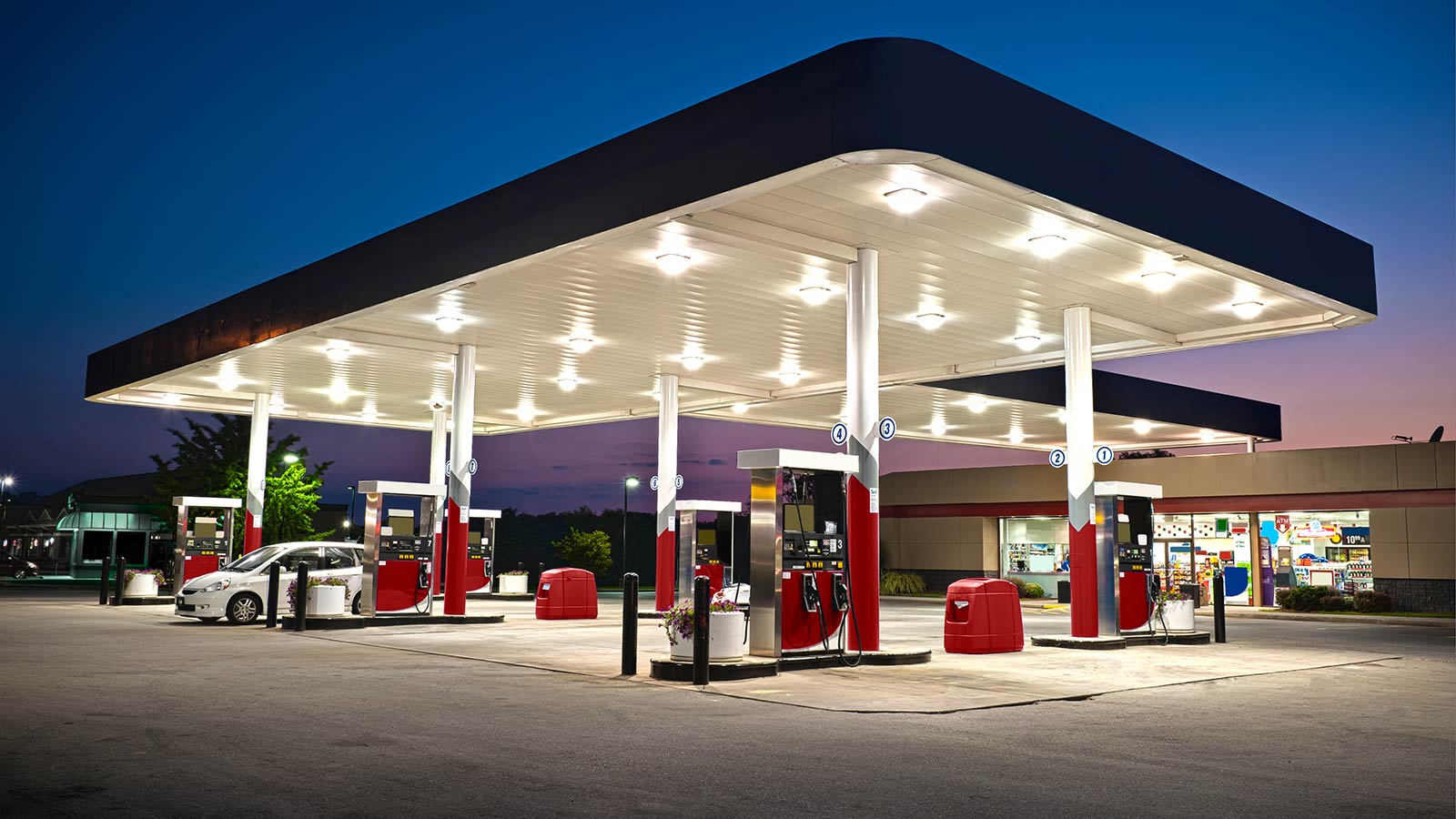Depreciation Strategies for Gas Stations with C-stores
Never miss a thing.
Sign up to receive our Tax News Brief newsletter.

Gas stations with convenience stores, also known as c-stores, serve millions of customers daily. Beyond their role in fueling vehicles and providing essentials, these businesses may also receive significant tax benefits. Qualifying properties can be eligible for bonus depreciation if they meet certain requirements and if the property was placed in service after September 27, 2017. This is known as the retail motor fuel outlet exception. If the c-store qualifies, the Section 1250 property which is normally 39 years, can be reduced to a 15-year depreciation period and may be eligible for bonus depreciation.
How to Qualify for the Retail Motor Fuel Outlet Exception
To be eligible for the retail motor fuel outlet exception, property must fall under Section 1250 property and meet either the 1,400 square feet test or the 50% test. Although there is no exact definition in the tax code of a retail motor fuel outlet, the IRS provided Coordinated Issue Papers (CIP) for petroleum and retail industries convenience stores which define the requirements necessary. If any of the following three criteria are met, then a c-store at a gas station will qualify as a retail motor fuel outlet:
- Fifty percent or more of its gross revenues are generated from petroleum sales
- Fifty percent or more of its floor space is devoted to petroleum marketing sales
- The c-store building is 1,400 square feet or less
If these requirements are not met, then the cost basis of the c-store building will be depreciated over a 39-year period. On the other hand, if the c-store passes just one of the above criteria, then the entire basis can be depreciated over a 15-year period and bonus depreciation can be taken. However, it is important to note that starting in 2023, bonus depreciation has begun to phase out and is currently at 60% for 2024.
Land Appraisal for Retail Motor Fuel Outlets
When looking to acquire a retail motor fuel outlet, it is important to get a land appraisal. By doing this, you will have an accurate valuation of the land, which is important when allocating your purchase price between the non-depreciable land and the depreciable building.
Depreciation Recapture
Since bonus depreciation allows for an immediate benefit by offsetting income, taxpayers must consider depreciation recapture when disposing of the property. If you buy the c-store and fully depreciate, then when you sell it, a significant amount will be considered ordinary recapture because of how recapture rules work on Section 1250 property. Gain from the disposition of Section 1250 property is recaptured as ordinary income in an amount equal to the lesser of the applicable percentage of either:
- The additional depreciation claimed
- The excess of the amount realized over the adjusted basis of the property (i.e. the amount recognized)
When section 1250 property is sold, gains up to the amount of depreciation taken are taxed at a maximum rate of 25%, and this is referred to as unrecaptured Section 1250 gain. The remaining Section 1250 recapture would be taxed at ordinary income tax rates in cases where the depreciation taken was in excess of straight-line depreciation. Since bonus depreciation taken for the c-store would apply here, these depreciation recapture rules should be taken into consideration.
If you could benefit from a deeper understanding of bonus depreciation and the retail motor fuel outlet exception, contact us. Weaver’s tax professionals are here to help.
Authored by David Nolan, Aaron Grisz and Hannah Alford
©2024

